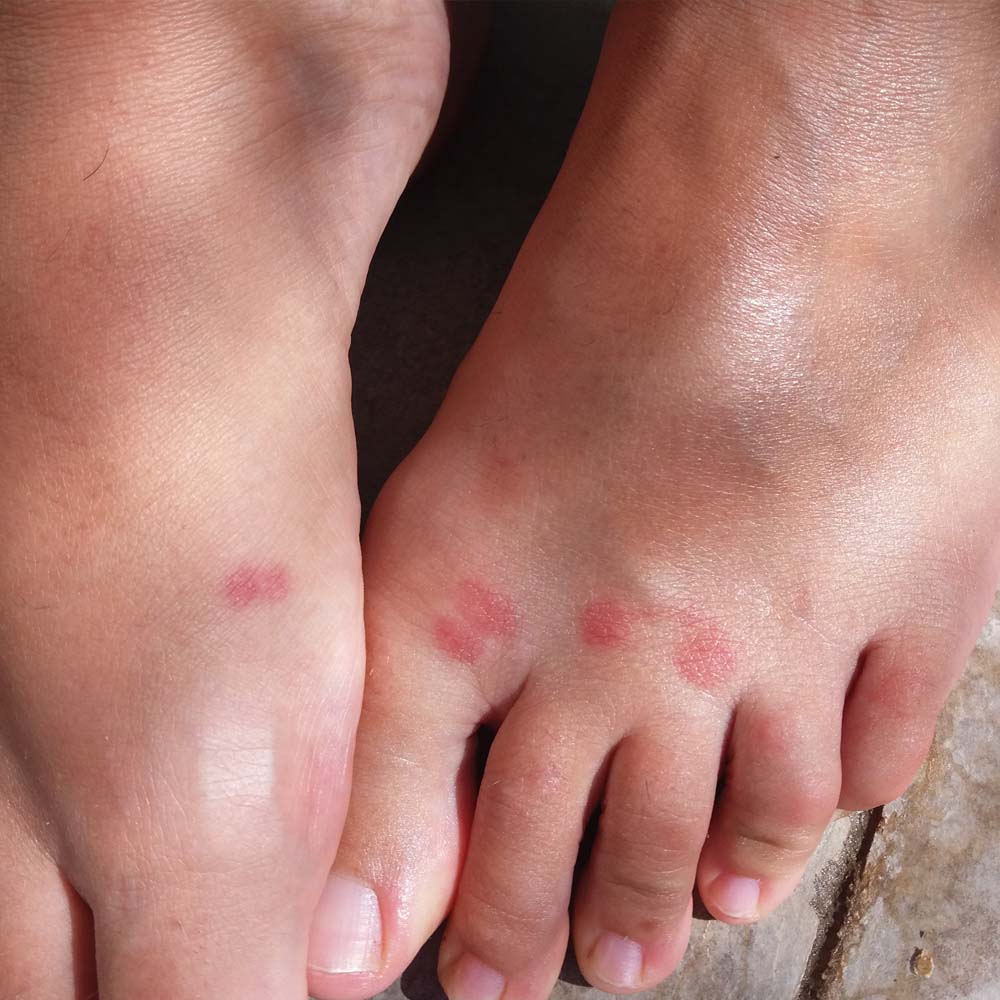West Nile Virus & Vector Surveillance

The goal of the Vector Program is to conduct surveillance activities to identify, control, and reduce the population of specific insects that have the potential for becoming disease vectors.
The collecting and testing of dead birds and mosquitoes are important components of the West Nile Virus surveillance program. Results of these tests help us determine the extent of West Nile Virus activity. Because the virus generally appears and grows in Illinois bird and mosquito populations before it is transmitted to humans, monitoring bird and mosquito populations helps us predict when and where humans will be at risk for West Nile virus infection as well as where and when additional precautions and control measures should be taken.
Common Questions & Answers
How do people get West Nile disease?
People get West Nile disease from the bite of a mosquito (primarily the Culex group of species) that is infected with West Nile virus. A mosquito becomes infected by biting a bird that carries the virus. West Nile virus is not spread by person-to-person contact or directly from birds to people.
What kinds of diseases are carried by mosquitoes?
Although the mosquito-borne disease is rare in Illinois, mosquitoes can carry at least three encephalitis viruses that can cause human disease. Mosquitoes can also transmit diseases such as malaria, dog heartworm, dengue, yellow fever, eastern equine encephalitis (EEE), St. Louis encephalitis (SLE), LaCrosse encephalitis (LAC), and western equine encephalitis (WEE).
What kinds of diseases are carried by mosquitoes?
The easiest and best way to avoid WNV is to prevent mosquito bites.
- When you are outdoors, use insect repellent containing an EPA-registered active ingredient. Follow the directions on the package.
- Many mosquitoes are most active at dusk and dawn. Be sure to use insect repellent and wear long sleeves and pants at these times or consider staying indoors during these hours.
- Make sure you have good screens on your windows and doors to keep mosquitoes out.
- Mosquitoes can develop in any standing water that is present for more than five days. To reduce the mosquito population around your home and property, eliminate all standing water and debris.
What Are the Symptoms of West Nile Virus?
- Serious Symptoms in a Few People. About one in 150 people infected with WNV will develop severe illness. The severe symptoms can include high fever, headache, neck stiffness, stupor, disorientation, coma, tremors, convulsions, muscle weakness, vision loss, numbness, and paralysis. These symptoms may last several weeks, and neurological effects may be permanent.
- Milder Symptoms in Some People. Up to 20 percent of the people who become infected have symptoms such as fever, headache, and body aches, nausea, vomiting, and sometimes swollen lymph glands or a skin rash on the chest, stomach, and back. Symptoms can last for as short as a few days, though even healthy people have become sick for several weeks.
- No Symptoms in Most People. Approximately 80 percent of people (about 4 out of 5) who are infected with WNV will not show any symptoms at all.
Illinois Department of Public Health - Common Questions & Answers
Illinois Department of Public Health – West Nile Virus Information
CDC – Common Questions & Answers
CDC – Five Common Myths About West Nile Virus
Dead Bird Surveillance
Criteria for testing include:
The bird is dead, but the carcass is in good condition. Birds should be dead no more than about 48 hours prior to collection, and should not show signs of advanced decomposition (strong odor, dried or deflated eyes, maggots present, or bloated with decomposition gases).
The bird shows no sign it died of causes other than disease. Birds should have no obvious cause of death. Birds with obvious injuries such as wounds or missing parts, should not be submitted for testing. Likewise, crushed carcasses and birds found along roadways are not acceptable.
The bird must be one that is acceptable for testing. Some acceptable species are crows, blue jays, grackles, starlings, robins, cardinals, sparrows, finches, swallows mockingbirds, and wrens. Birds that will not be accepted include pigeons, ducks, geese, chickens, other large birds, and endangered species. Images of birds and identification information are available at http://www.illinoisraptorcenter.org/Field%2520Guide/birdguide.html